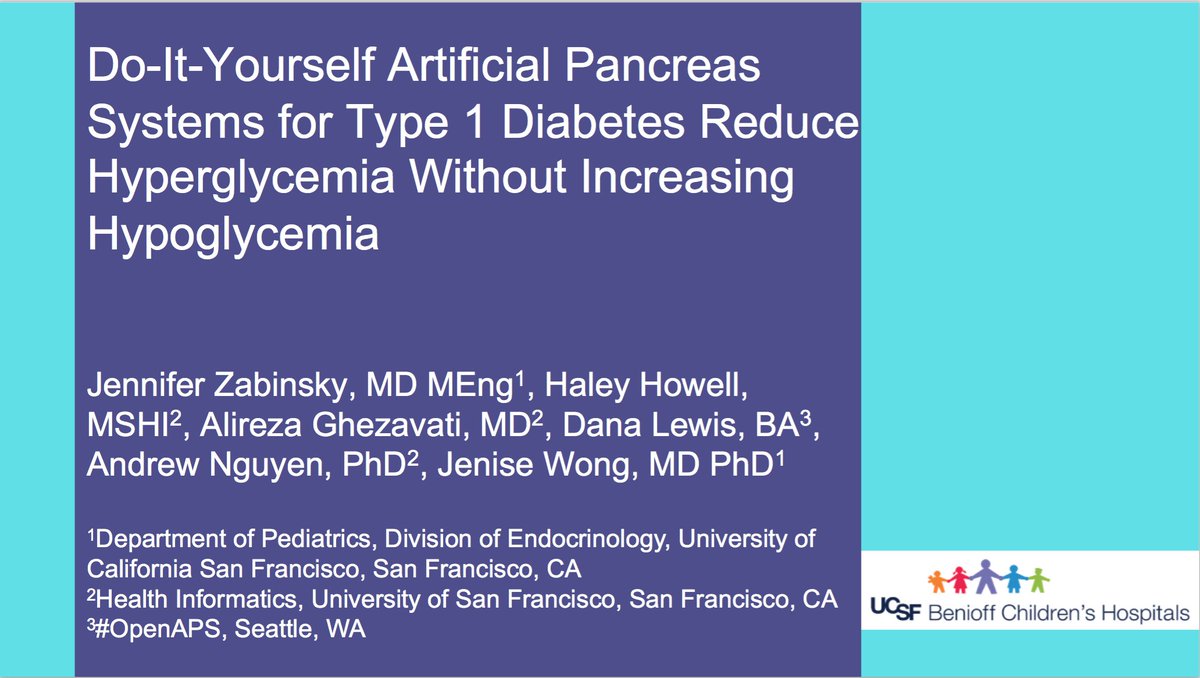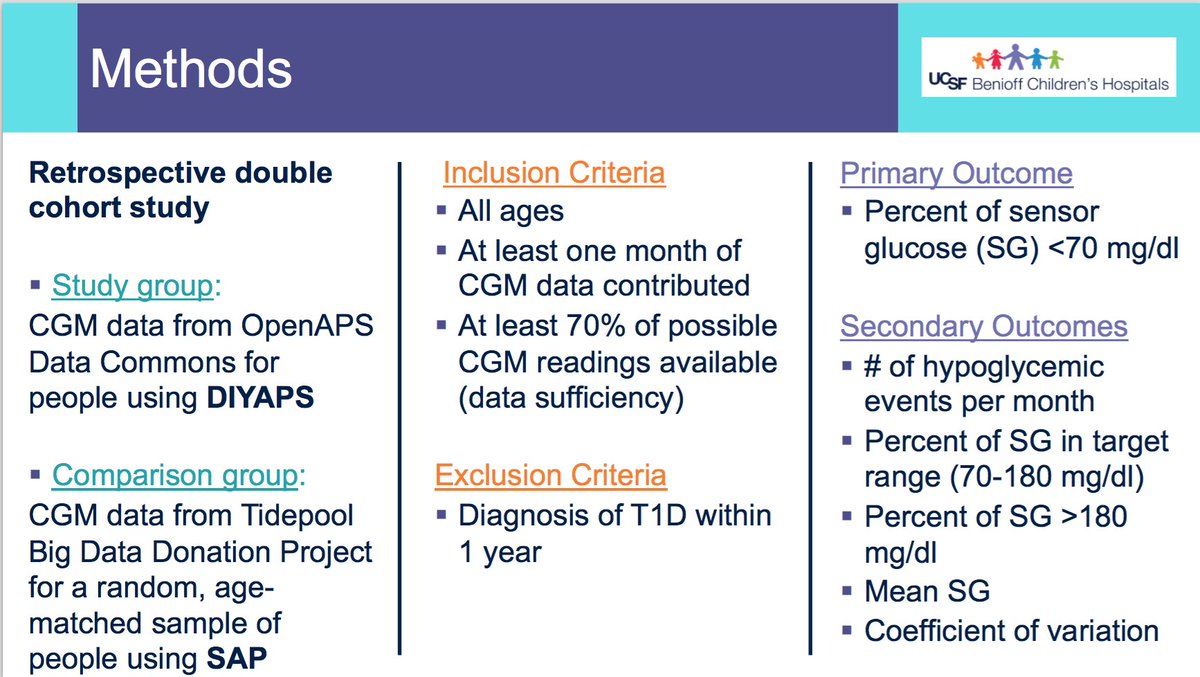#CoEpi update - in the past week, the group has made good progress on Bluetooth and back-end development as well as further developing content and workflows for the app.
What will #CoEpi be? A mobile app-for both iOS & Android- with Bluetooth detection of nearby devices to help you identify contact with those who may have transmissible illnesses. It's designed with privacy in mind: only share symptoms if you want.See more: CoEpi.org
Our current biggest #CoEpi needs are more people who have ReactNative mobile dev experience or skills on backend (specifically: rails/postgres/heroku experience), that want to contribute at #WeAreNotWaiting speed to an open source project. If that’s you, please reach out!
For those who want to sign up for future testing when a version of #CoEpi, please do so here: forms.gle/MLeKz9nerPvX8f…
Thanks for the interest & spreading the word about #CoEpi!
Thanks for the interest & spreading the word about #CoEpi!
• • •
Missing some Tweet in this thread? You can try to
force a refresh










